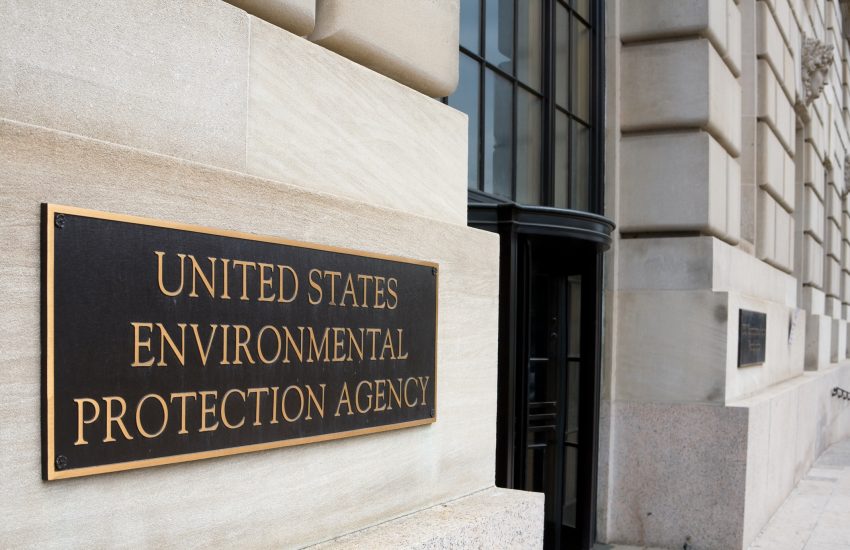The U.S. Environmental Protection Agency on Nov. 10 released a proposal aimed at improving the scope of its perfluoroalkyl and polyfluoroalkyl substances (PFAS) reporting requirements under the Toxic Substances Control Act (TSCA).
The initial regulation was finalized toward the end of 2023. However, both the Biden and Trump administrations pushed back the initial compliance deadlines set forth in the regulation.
The purpose of the proposal, published in the Federal Register on November 13, is to make the reporting regulations more practical by reducing unnecessary and/or …
Continue Reading







